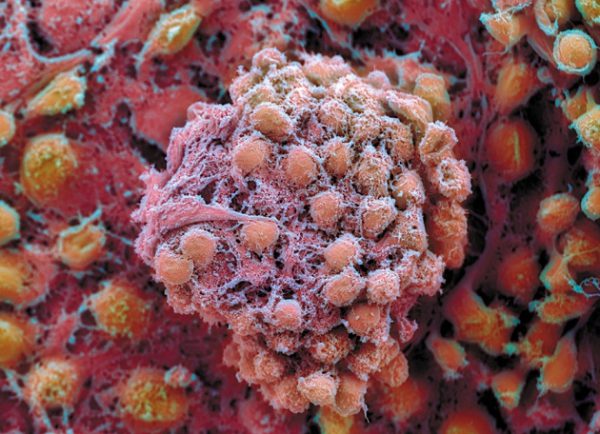
Thu, 2016/05/19
Global Standards for Stem-cell Research
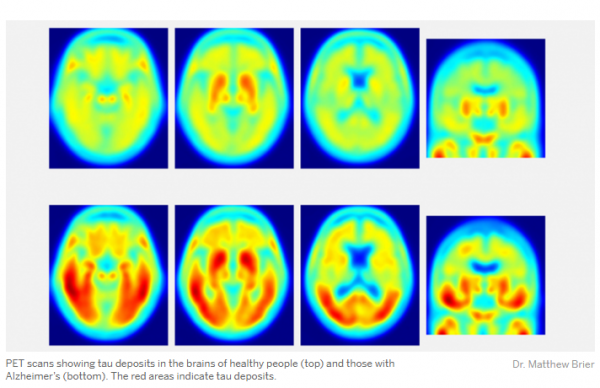
Thu, 2016/05/12
Tau Protein—Not Amyloid—May Be Key Driver of Alzheimer’s Symptoms
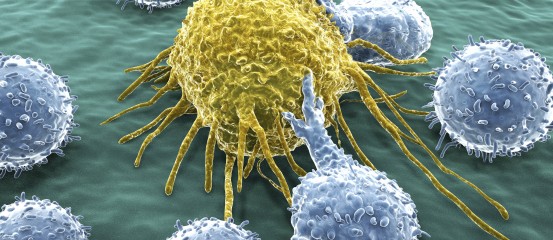
Sat, 2016/05/07
Human Embryo Research Confronts Ethical ‘Rule’
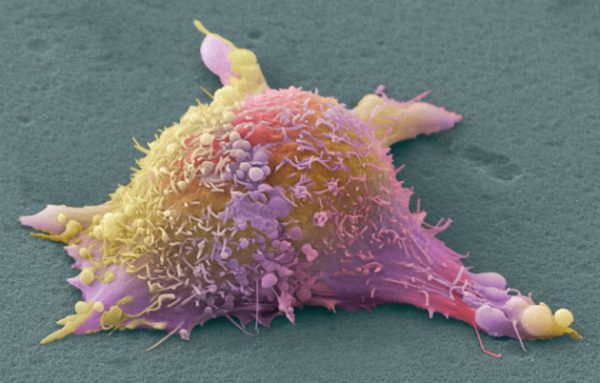
Mon, 2016/04/25
Precision Medicine: Researchers Push for Personalized Tumor Vaccines
Fri, 2016/04/15
JAK2 Inhibitors Target Aggressive Breast Cancers
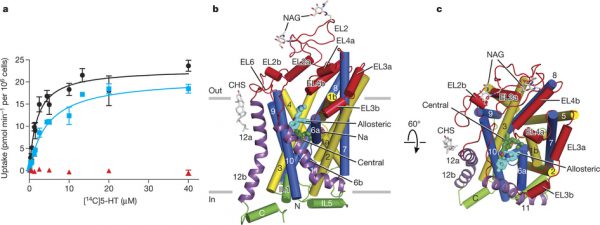
Fri, 2016/04/08
Antidepressant Target-Serotonin Transporter Reveals Its Shape
Fri, 2016/04/08
A Collective Route to Metastasis: Seeding by Tumor Cell Clusters
Thu, 2016/03/31
Human Induced Pluripotent Stem Cell Transplant to Restore Rabbit Vision
